Seasonal Trends: Unveiling Cultural Significance and Symbolism in Patterns and Motifs
Seasonal trends are more than just changes in fashion, decor, or activities. They are deeply intertwined with cultural significance and symbolism, offering a window into the traditions and beliefs that shape societies. In this blog, we will explore the rich tapestry of symbolic patterns and motifs that emerge with each season, focusing on common motifs like elephants, parrots, and flowers. We'll delve into their symbolic meanings and the cultural stories and myths associated with these motifs.
The Power of Symbolic Patterns and Motifs
Patterns and motifs have been used for centuries to convey messages, tell stories, and symbolize beliefs. These visual elements are not mere decorations; they are powerful tools of communication that transcend language barriers.
Elephants: Strength, Wisdom, and Good Fortune
Elephants are a popular motif in various cultures, particularly in Asia and Africa. They are often associated with strength, wisdom, and good fortune.
-
In Hinduism, the elephant-headed god Ganesha is revered as the remover of obstacles and the deity of intellect and wisdom. Ganesha's image is ubiquitous in Indian art, often depicted with a lotus, symbolizing purity and enlightenment.
-
In African cultures, elephants are symbols of strength and power. They are also considered as matriarchal animals, representing family, loyalty, and leadership. The revered status of elephants is evident in ceremonies and folklore, where they are often depicted as wise leaders.
Parrots: Communication, Color, and Freedom
Parrots, with their vibrant plumage and ability to mimic human speech, are symbols of communication, color, and freedom.
-
In South American cultures, parrots are often seen as messengers between humans and the gods. The Guarani people of Paraguay believe that parrots can bring good luck and are sacred animals that should be protected.
-
In Hindu mythology, the parrot is associated with the god of love, Kamadeva. It is believed that Kamadeva's arrows are tipped with flowers and his bowstring is made of bees, with a parrot as his mount. This association makes the parrot a symbol of love and passion.
Flowers: Beauty, Transience, and Renewal
Flowers are universal symbols of beauty, transience, and renewal, making them prominent motifs across cultures.
-
In Japanese culture, cherry blossoms (sakura) symbolize the transient nature of life, a concept deeply rooted in the Buddhist philosophy of impermanence. The annual cherry blossom festival, Hanami, is a time for reflection and appreciation of the fleeting beauty of life.
-
In Western cultures, roses are often associated with love and romance. The red rose, in particular, has become an emblem of deep affection and passion, influenced by myths such as that of Aphrodite, the Greek goddess of love, who is often depicted with roses.
Cultural Stories and Myths Associated with Motifs
The cultural stories and myths associated with these motifs add layers of meaning and depth to their symbolism.
The Legend of the White Elephant
In many Asian cultures, the white elephant is a revered symbol of royal power and divinity. According to Thai legend, the Buddha's mother dreamt of a white elephant before his birth, signifying the arrival of a great leader. White elephants are considered sacred in Thailand, and their possession was traditionally a mark of a king's prosperity and power.
The Tale of the Parrot Astrologer
In Indian folklore, there is a popular tale of the parrot astrologer, Shuka, who could predict the future. Shuka, the parrot, was believed to possess wisdom and insight, guiding people through their destinies. This tale underscores the parrot's role as a bridge between the earthly and the divine.
The Myth of Narcissus
The Greek myth of Narcissus, who fell in love with his reflection in a pool of water and turned into a flower, highlights the symbolism of flowers in human emotion and vanity. The narcissus flower is often seen as a symbol of self-love and beauty, reflecting the myth's themes.
Symbolic Meanings of Different Patterns
Patterns in art and textiles often carry symbolic meanings that convey cultural values and beliefs.
Geometric Patterns: Harmony and Order
Geometric patterns are prevalent in Islamic art, symbolizing harmony, order, and the infinite nature of the universe. These patterns, which often feature intricate tessellations and arabesques, reflect the spiritual belief in the underlying order of creation.
Animal Motifs: Power and Protection
Animal motifs, such as lions and dragons, are commonly used to symbolize power and protection. In Chinese culture, the dragon is a symbol of imperial power and good fortune, often depicted in the emperor's robes and palace decorations.
Floral Patterns: Life and Growth
Floral patterns symbolize life, growth, and the cyclical nature of existence. In Persian carpets, floral motifs are intricately woven to represent the garden of paradise, a place of eternal beauty and bliss.
Seasonal Trends and Their Evolution
Seasonal trends evolve, influenced by cultural exchanges and changing societal values. Understanding the cultural significance and symbolism behind these trends enriches our appreciation of the motifs and patterns we encounter.
Spring: Renewal and Rebirth
Spring is associated with renewal and rebirth, evident in motifs like flowers and butterflies. These symbols represent the rejuvenation of life and the beauty of new beginnings.
Summer: Vitality and Growth
Summer motifs often include bright colors and vibrant patterns, symbolizing vitality and growth. Sunflowers and tropical birds are popular motifs that capture the essence of the season.
Autumn: Harvest and Transformation
Autumn is a time of harvest and transformation, reflected in motifs like pumpkins, leaves, and cornucopias. These symbols represent abundance and the cycle of life as nature prepares for winter.
Winter: Reflection and Celebration
Winter motifs include snowflakes, holly, and festive ornaments, symbolizing reflection and celebration. These patterns evoke the stillness and joy of the season.
Conclusion: Embracing Cultural Symbolism in Modern Trends
The cultural significance and symbolism of patterns and motifs offer a rich layer of meaning to seasonal trends. By understanding the stories and beliefs behind these symbols, we can appreciate their beauty and depth in a new light. Whether it's the strength of the elephant, the freedom of the parrot, or the transient beauty of flowers, these motifs connect us to our cultural heritage and the universal human experience.
Incorporating these symbolic patterns and motifs into modern design not only preserves cultural traditions but also enriches our lives with their profound meanings. As we move through the seasons, let us celebrate and embrace the cultural significance embedded in the patterns and motifs that surround us.

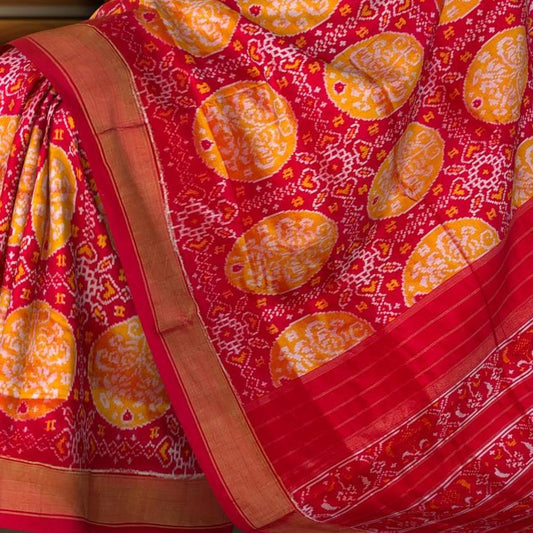
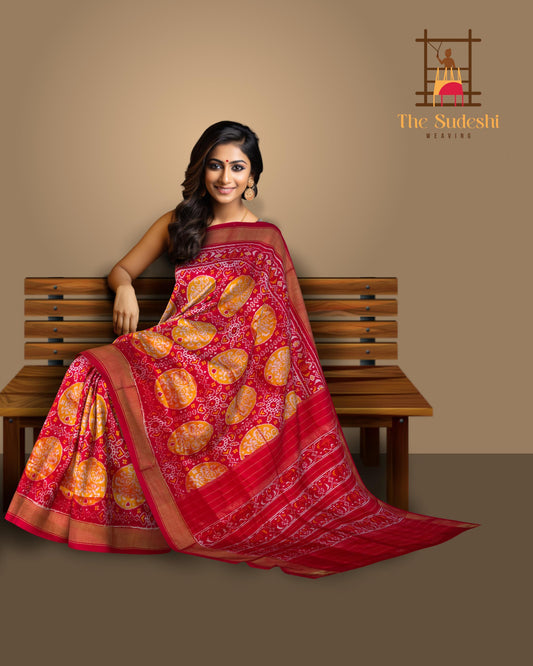
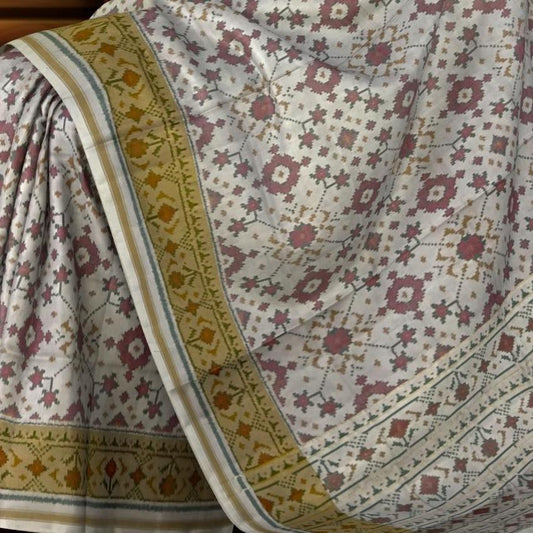
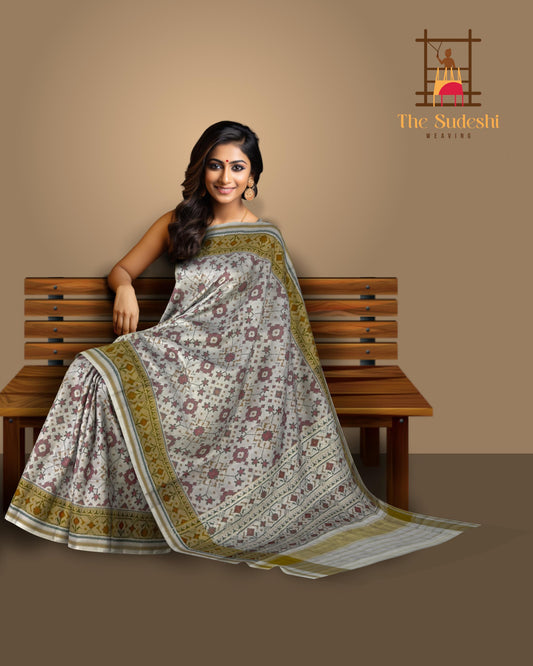
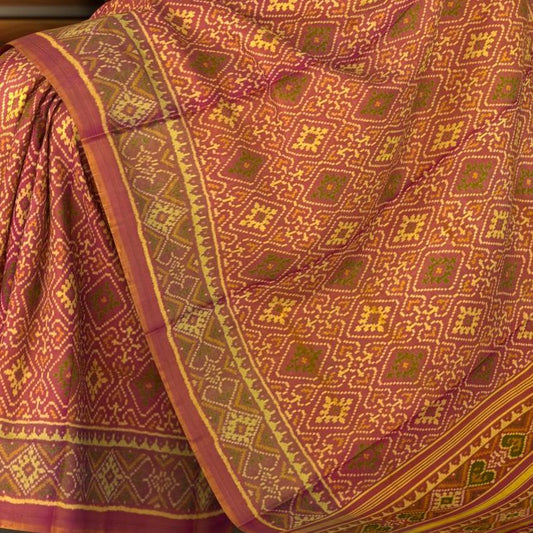

Leave a comment
Please note, comments need to be approved before they are published.